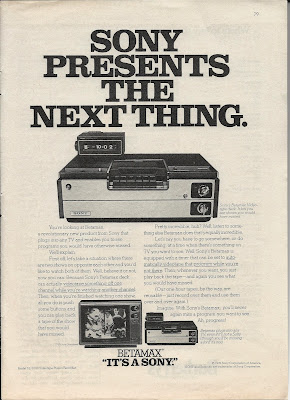PRODUCTION JOURNAL: Midweek Morning Mixer - 10.30.13 (HALLOWEEN EDITION)

[ Note: I couldn't get the Monday Morning Mixer out on time because of some issues with my mom's health that I had to attend to. We're still working on it, and even though she's strong (God bless her), it's taking its toll. ] Nevertheless, here's the midweek edition, Halloween style. To start with, October 30 marks the day for two morbidly tragic true Hollywood tales; the suicide of Max Linder and the murder of Ramon Navarro . October 30, 1925 The story of silent comedian Max Linder, who committed suicide this week in 1925, is a truly tragic one. Beginning his career in 1905, Frenchman Linder was the first great screen funnyman, writing, directing and starring in hundreds of shorts, in which he played the instantly recognizable Max, the dapper Frenchman with the cane, top hat and moustache. He was a huge influence on emerging stars like Charlie Chaplin, who called himself a “student” of Linder and was greatly influenced by his...





